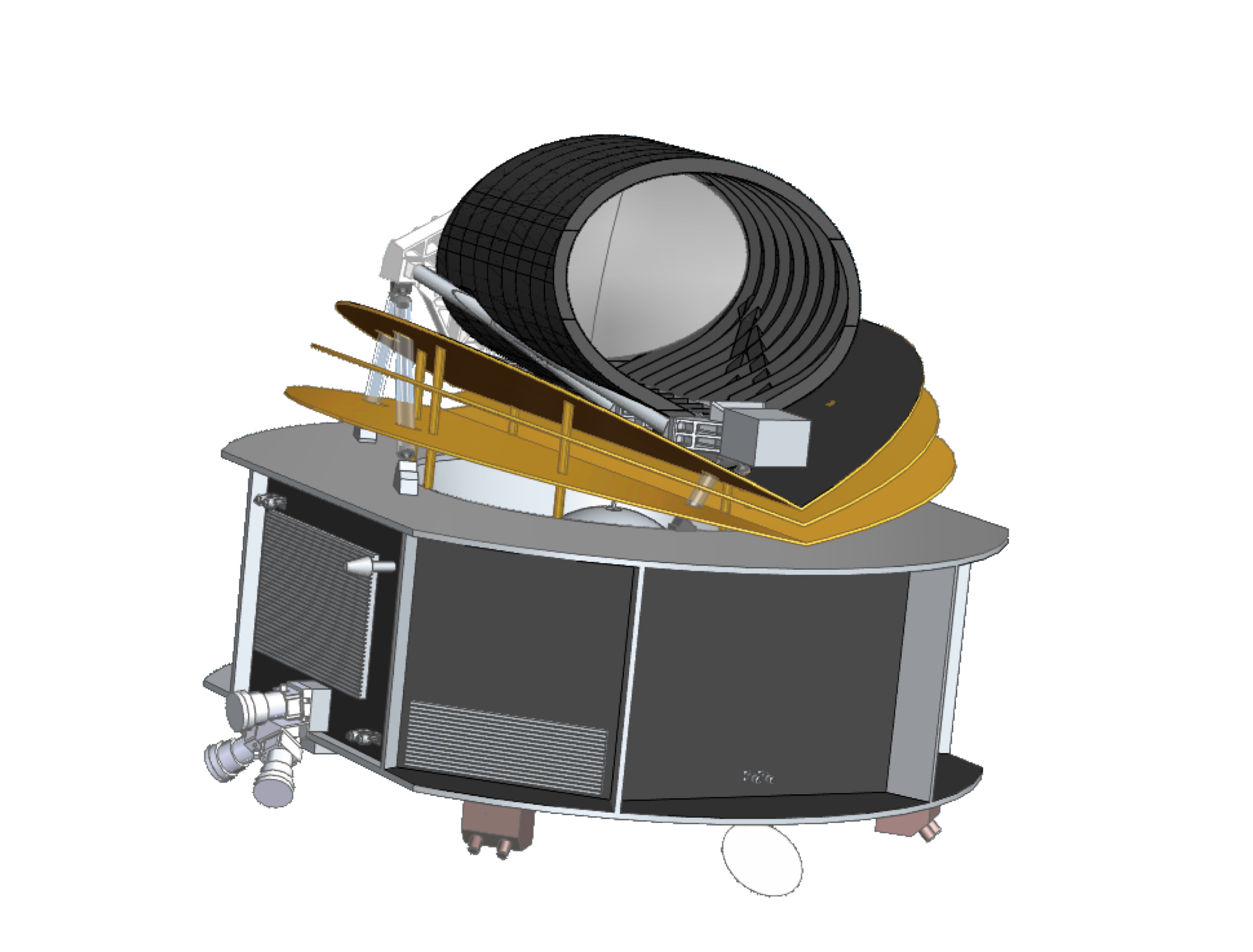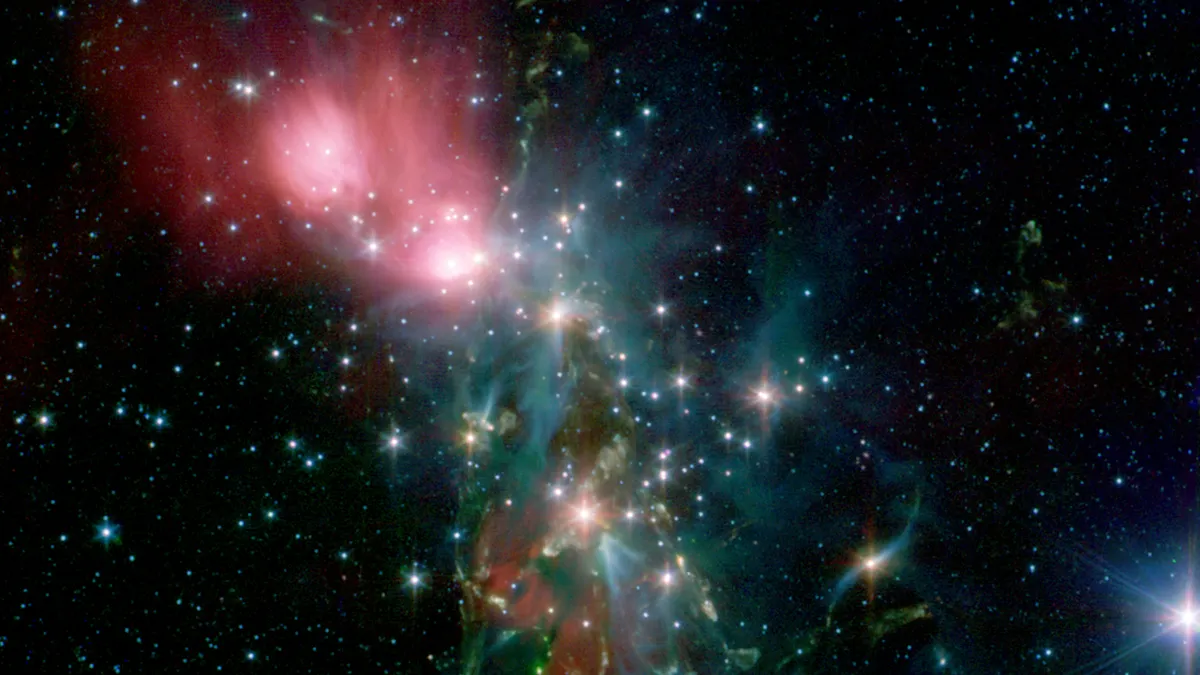Future of Exoplanet Characterization
Astro497, Week 15, Day 3
Logistics
Class presentations
Future of Exoplanet Characterization
Radial Velocities
Follow-up of transiting systems
Preparatory science for direct imaging missions
Is it possible that if a planet's atmosphere causes it to be much too hot or much too cold [for what?] that it would affect the Rossiter-Mclaughlin effect significantly?
Other new ground-based programs
Extremely Large Telescopes w/o new generations of adaptive optics (AO)
Radio astronomy: ALMA, Square Kilometer Array
How could we detect an exoplanet's magnetic field and its properties [relevant to protecting potential life from stellar winds]?
Is it safe to assume a planet radiates as a blackbody?
What kind of limitations will the JWST have when searching for biosignatures?
Ariel (Atmospheric Infrared Remote sensing Exoplnae Large Survey)
Luanch scheduled 2029
4 year primary mission
1.1 x 0.7 meter primary
Orbit about L2
Photometry & Spectroscopy spanning 0.5–7.8 μm

How likely is it that we will be able to image rogue planets with any current or upcoming direct imaging mission?
Direct Imaging Misson Concepts:
Decadal Survey Inputs:
HabEx (4m)
Camera (general purpose)
Coronagraph
Spectragraph
Vis, Blue: 0.45–-0.67 μm, R~140
Vis, Red: 0.67-–1.0 μm, R~140
NIR: 0.975-–1.8 μm, R~40
Starshade (52m!)
LUVOIR (Large Ultraviolet Optical Infrared Surveyor)
LUVOIR-A: (8m)
LUVOIR-B: (15m)
Instruments:
Coronagraphic imager/spectrograph:
Near-UV (0.200-0.525 μm; R~140)
Optical (0.515-1.030 μm; R~70)
Near-IR (1-2 μm; R~200)
Optional star-shade
General purpose astrophysics instruments:
High-definition imager (UV/optical (200-950nm) and NIR (800–2500nm) arms)
Multiobject Spectragraph
Poliarization instrument (from ESA)
Decadal Survey Recommendation:
“large infrared/optical/ultraviolet telescope... in 2040s” (6m) –- A&A Decadal Survey 2020
Can the presence of clouds interfere with spectral analysis of the atmosphere of a planet?
For example if the Earth was observed, and a cloud of water vapor obstructed the light of the sun passing through the atmosphere, could an observer misidentify the Earth's atmosphere to be majority water vapor? If so, are there ways to account for such errors?
For example if the Earth was observed, and a cloud of water vapor obstructed the light of the sun passing through the atmosphere, could an observer misidentify the Earth's atmosphere to be majority water vapor? If so, are there ways to account for such errors?
What observations... would be sufficient to confidently determine the presence of a biosphere [on an exoplanet]?
How close is current technology to being able to achieve this, and what would be the impact of such a discovery?
How close is current technology to being able to achieve this, and what would be the impact of such a discovery?
Evolution of Earth's light curve
Caption: Each curve is the average daily lightcurve over 9.3 days.
Left: Cloud-free. Right: Clouds
Image Credit: Palle et al. 2008
Autocorrelation function of Earth's lightcurve (equatorial view)
Black: Cloudless. Blue: Cloud-free.
Image Credit: Palle et al. 2008
Prepatory Extremely Precise Radial Velocity Survey
–- Credit: Morgan et al. 2021 submitted/Crass et al. 2021
What types of star are better for direct imaging of their planets?
Setup/Helper Code
Built with Julia 1.8.3 and
PlutoTeachingTools 0.2.5PlutoUI 0.7.48
ShortCodes 0.3.3
To run this tutorial locally, download this file and open it with Pluto.jl.
